Real-Life Activations
Perhaps the most extravagant activation in this campaign is the real-life Malibu Barbie house that was offered for rent through Airbnb. The waterfront mansion in Malibu was available for two separate free one-night stays for up to two guests each on July 21 and July 22 of this year. Guests could request to book the house starting on July 17th and were accepted at the host “Ken’s” discretion.
A free stay in a Malibu Mansion sounds too good to be true, but their reasoning is plain to see. This PR stunt has earned the Barbie movie untold free media attention, helping put the Movie at the forefront of the Hollywood spotlight.
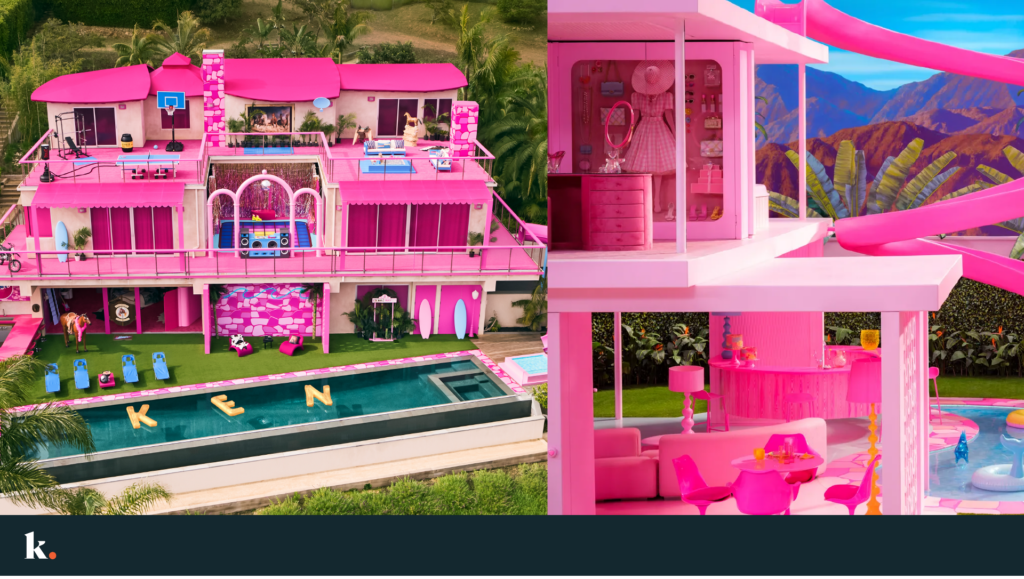
Aside from mansions in Malibu, other experiential activations such as the Barbie Malibu cafe in Chicago, and a boat cruise in the Boston harbour were offered for the public to enjoy.
Brand Collaborations
1-2 brand collaborations are normal for a brand in a given year, but Barbie took it a step further, creating over 100 partnerships in anticipation of the movie launch. Discussing all of them would be impossible, but here are some notable ones:
- Burger King x Barbie: These two brands partnered up to offer a burger containing a mysterious pink sauce and pink desserts. Luckily, this is only available in Brazil.
- Xbox x Barbie: Players of Forza 5 can now enjoy driving the pink Barbie car in the game.
- Gap x Barbie: The two brands have partnered to create a limited-edition fashion collection.
- Crocs x Barbie: Fitting for Crocs, the brands offered a unique Barbie-themed pair of Clogs.
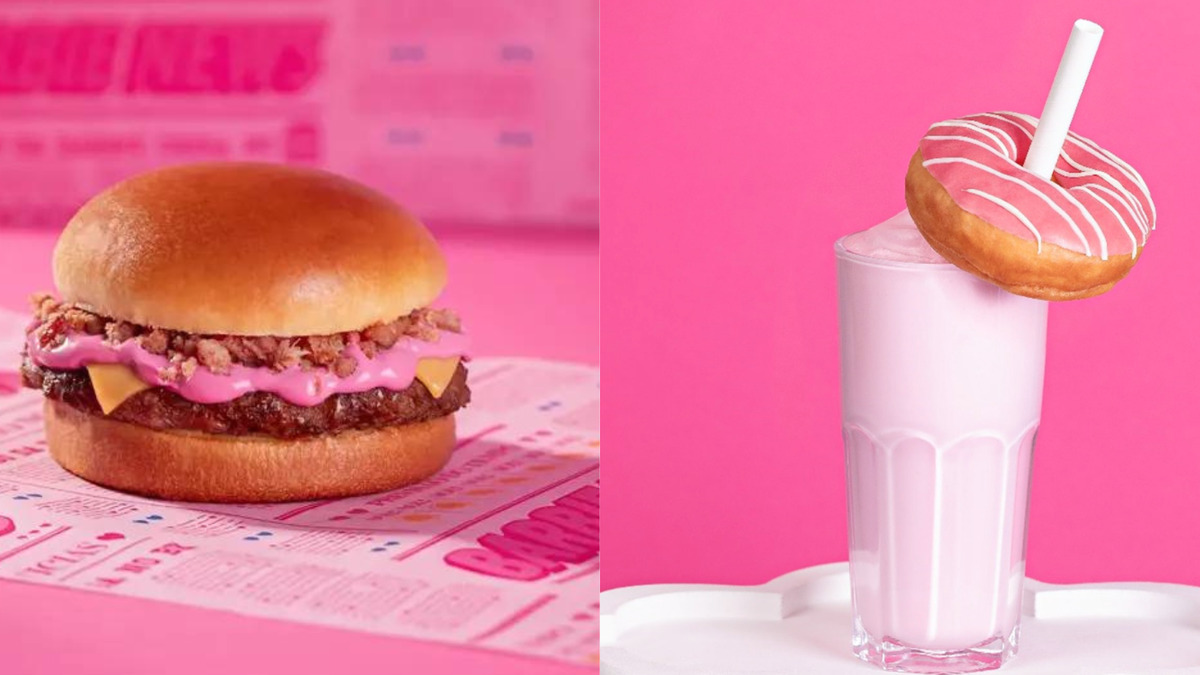
While a lot of these products are ridiculous (especially Burger King) they are a strategic move to gain PR (the more absurd the better) and attract loyal audiences of other brands to Barbie.
Original Soundtracks
Album marketing is nothing new. Recent films such as Black Panther and Spiderman: Into the Spiderverse have successfully leveraged original soundtracks to attract audiences and connect with fans. The Barbie movie did just this.
Before its release on July 21st, several singles were released such as “Dance the Night” by Dua Lipa and “Barbie World” by Niki Minaj and Ice Spice with Aqua. Both singles quickly gained popularity peaking on the Billboard Hot 100 at #29 and #7, respectively. Other notable featured artists include Sam Smith, Tame Impala, Billie Eilish, Dominik Fike, The Kid Laroi, Khalid, and Karol G.
Collaborating with popular artists to create soundtracks is highly beneficial for marketing purposes. By featuring well-known musicians, movie soundtracks gain immediate attention from fans of the artists. The association with renowned musicians also helps generate buzz in the media, creating a viral effect and increasing the movie’s visibility.
Buzz aside, music connects with fans at a deeper emotional level than standard marketing efforts, helping convert strong associations between admiration for a song to admiration for a movie.
“Leaks” and Teasers
One of the first media explosions for the movie came when co-stars Margot Robbie and Ryan Gosling were “spotted” on set at Venice Beach in Los Angeles. Photos from the set went viral on the internet, generating buzz and speculation about the film, also attracting hundreds of visitors to the set.
Judging by how much media attention the set sighting got, my guess is that the paparazzi sighting was more planned than is being let on.
Out-of-Home Marketing
While they have pursued several alternative marketing avenues, the Barbie marketing team didn’t shy away from traditional out-of-home advertising either. Beginning this summer, people began spotting pink marketing material around major cities. In the UK, pink-wrapped double-decker busses, taxis and phone booths were spotted, and in some American cities, converted bus stops with pink couches were photographed by fans. Another unique facet of their OOH marketing was the plain pink billboards. While some of the billboards had graphics and messaging, a portion of the ads were just plain pink squares with the movie’s release date.
Some of the outdoor marketing was guerilla in nature, with buildings being spray painted with pink Barbie-themed messages.
The #Barbie marketing has taken over an Austin icon pic.twitter.com/Z2spNzzoYC
— Roger ATX (@RogerRogerATX) July 14, 2023
Some of the outdoor marketing was grandiose, such as this giant 3d animation seen in Dubai:
Barbie’s marketing gets crazier by the day.
Bravo. pic.twitter.com/YnHDnZSldq
— Alex Garcia 🔍 (@alexgarcia_atx) July 24, 2023
It’s rumoured that the movie production and marketing used so much of one shade of fluorescent pink paint that they contributed to a global shortage of the colour. According to Sarah Greenwood, the movie’s production designer, they completely ran out of pink. This out-of-home approach helped create speculation about what was and wasn’t Barbie marketing, helping create “the Barbie effect.”
The Barbie Effect
With everything they’ve done, it could be said that the marketing is over the top. After all the billboards, brand collaboration and relentless painting of everything pink, people on the internet began joking about how good the marketing is. And while the Barbie crew may have begun painting stuff pink, once it got noticed, their job was over, because people automatically started equating that something pink = Barbie, even if it had nothing to do with Mattel. This is the Barbie effect; the movie achieved such high awareness that people began seeing it in everything, kinda like a commercialized version of pareidolia, which is the tendency to see faces in inanimate objects.
The Barbie marketing team have done it again. So creative 👏🏻 pic.twitter.com/h4JCbRzFaj
— Mark Rofe (@iamrofe) July 17, 2023
And once your campaign goes so mainstream that it turns into a joke, it’s safe to say that you’ve reached high awareness. This is just one example of this joke, but search “Barbie marketing” on Twitter, and you’ll find countless examples.
The takeaway: We can learn a lot from the Barbie effect. Attaching your brand to something as ubiquitous as the colour pink can be highly beneficial, because as you become more recognizable, people begin associating you with the other thing, and before you know it, you could have people thinking about your brand just by seeing the other thing. It’s easier said than done, but it’s happened before.

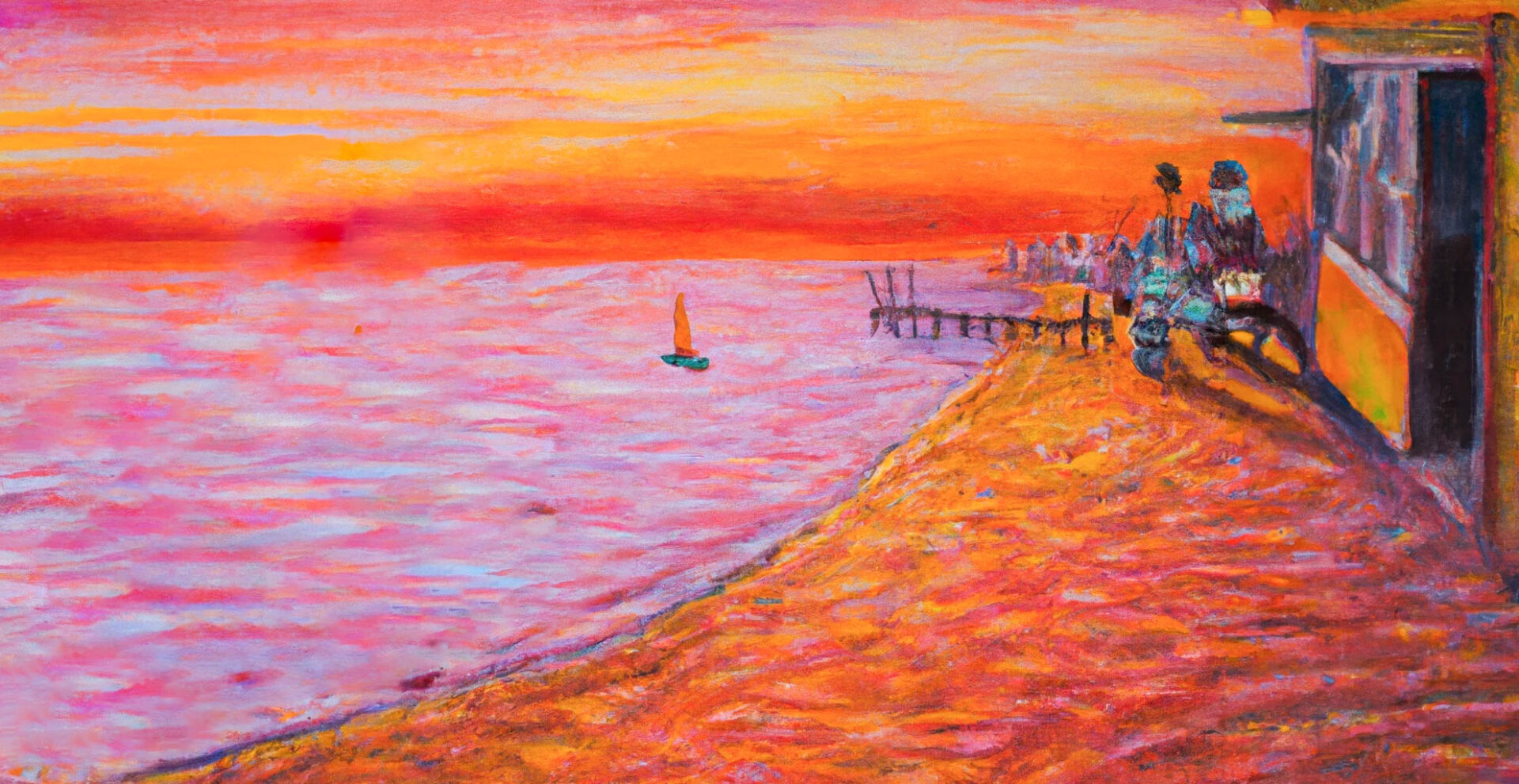
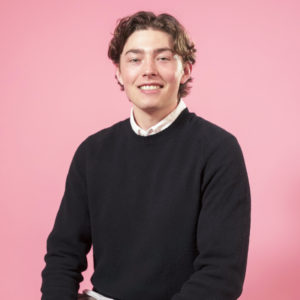
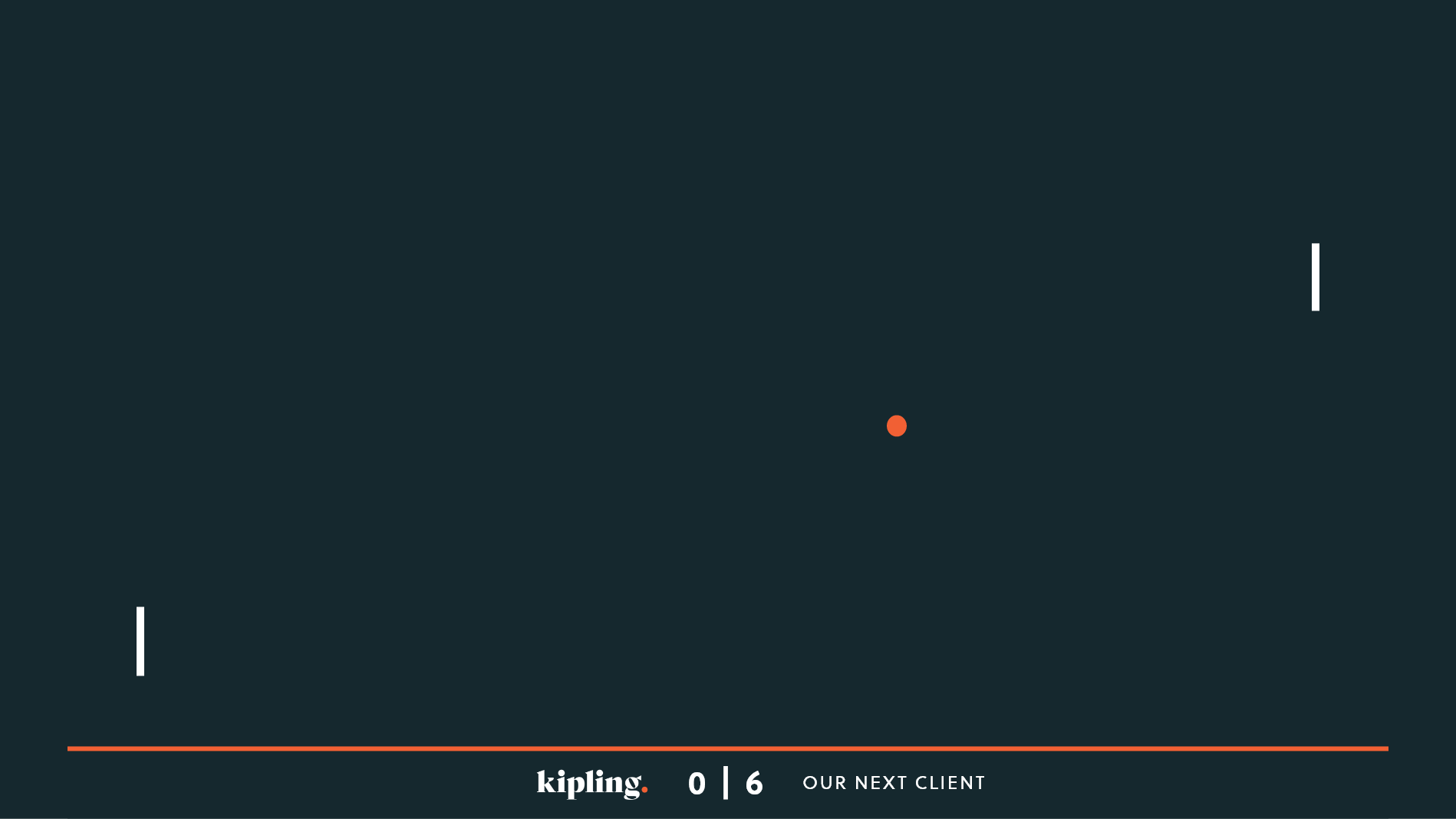
Comments